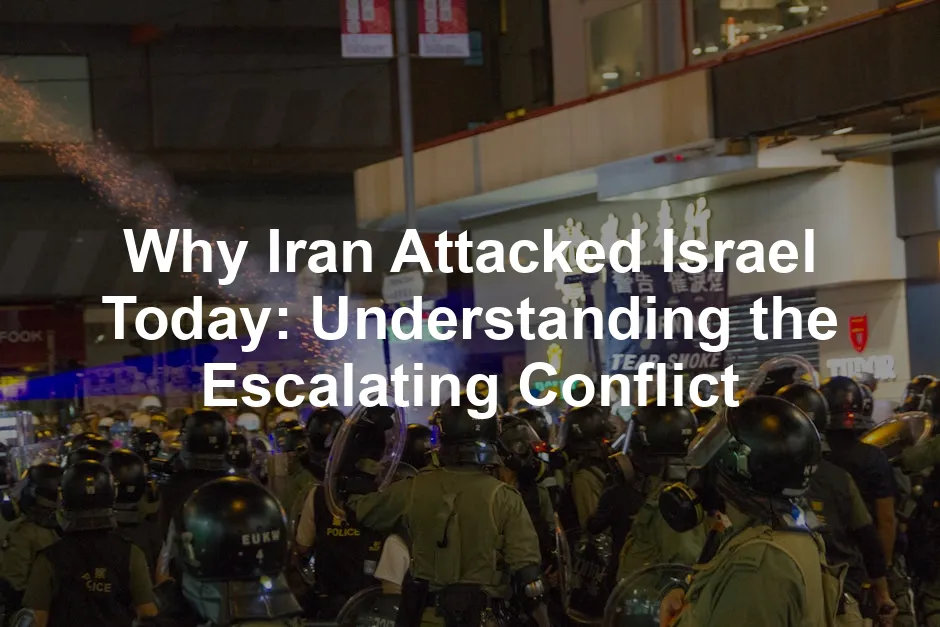
Why Iran Attacked Israel Today: Understanding the Escalating Conflict
Introduction
On October 1, Iran launched a missile attack on Israel. This marked a significant escalation in ongoing tensions. Understanding this attack requires looking at the historical context and current dynamics.
The relationship between Iran and Israel has been fraught for decades. A mix of political, military, and ideological factors fuels this long-standing conflict. As we examine the recent developments, it becomes clear that the situation is complex and multi-layered. For those keen on understanding the intricate history behind this conflict, a great read is The Iran-Israel Conflict: Historical and Contemporary Perspectives.
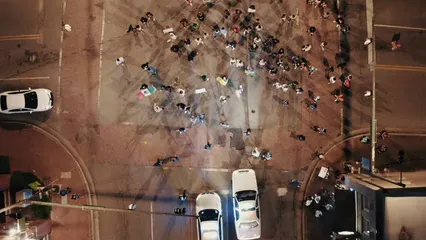
Summary and Overview
The events leading up to the attack include a series of retaliatory strikes from both sides. Iran responded to Israeli actions against its allies in Gaza and Lebanon. Key players in this conflict include Iran, Israel, Hezbollah, and Hamas. Their involvement complicates the broader Middle East dynamics.
The implications of this conflict extend beyond the region. Global powers are watching closely, aware of the potential for a wider war. This article will discuss the historical context, recent developments, and the motivations behind Iran’s actions. For a deeper understanding of the motivations behind Hamas’s actions, check out this analysis on why did Hamas attack Israel.
Understanding the dynamics of Hamas’s involvement in the conflict is crucial. Why did Hamas attack Israel provides insights into these motivations.

Background of the Conflict
Historical Context
The relationship between Iran and Israel was once cooperative. However, everything changed after the 1979 Islamic Revolution. This revolution led to a regime that opposes Israel, marking a turning point. Iran’s leadership openly denies Israel’s right to exist, labeling it a cancer.
The animosity has deep roots, with several conflicts igniting over the years. The Iranian support for groups like Hezbollah and Hamas has heightened tensions. Israel views Iran’s actions as a direct threat to its national security. To grasp the historical underpinnings of this conflict further, consider reading The Middle East: A History.
Since the revolution, the two nations have engaged in multiple proxy wars. Iran’s backing of militant groups further escalates the conflict. These groups often act against Israeli interests, prompting military responses from Israel.

Recent Developments
In recent months, the situation has worsened significantly. Israel has conducted airstrikes on Iranian positions and its allies. These strikes have targeted military leaders and facilities linked to Iranian operations. If you’re curious about military strategy and its implications, check out Military Strategy: A General Theory of Power Control.
In retaliation, Iran launched a wave of missiles directed at Israeli bases. The October 1 missile strikes were unprecedented in scale, with around 180 missiles fired. While many were intercepted, some caused damage and injuries.
The cycle of retaliation continues to spiral, with both nations preparing for further conflict. Iran’s involvement in regional conflicts, particularly in Iraq and Syria, adds another layer to this ongoing struggle.
As tensions rise, the potential for a broader regional conflict looms large. International players are increasingly concerned about the implications of an all-out war. The stakes are high, and the situation remains fluid as both sides brace for what comes next.
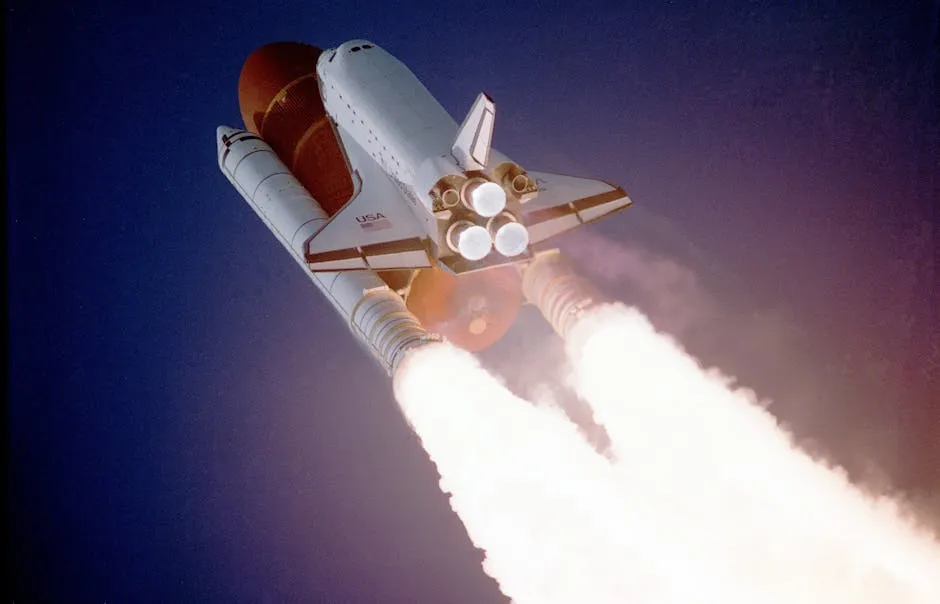
Iran’s Motivations for the Attack
Retaliation for Israeli Strikes
Iran’s recent missile attack on Israel is rooted in a long-standing pattern of retaliation. Iranian leaders perceive Israel’s military actions in Gaza and Lebanon as direct threats. The violence against Iranian allies, particularly the targeted assassinations of key figures, has heightened tensions significantly.
Key incidents led to this missile assault. In late September, Israeli airstrikes killed important leaders of Hezbollah and Hamas. These strikes were seen as blatant provocations by Tehran. The loss of these leaders stirred outrage within Iran, prompting a demand for retribution. The Iranian leadership, particularly the Islamic Revolutionary Guard Corps (IRGC), vowed to respond decisively.
On October 1, Iran fired approximately 180 missiles at Israeli military installations. This marked an unprecedented level of aggression. The IRGC claimed the attack was a necessary response to the ongoing Israeli strikes and the loss of its commanders. They aimed to send a clear message that such actions would not go unanswered.
The Iranian leadership views the missile attack as a demonstration of power. By striking Israeli targets, Iran aims to deter future Israeli aggression. The attack also serves to rally domestic support, showcasing Iran’s commitment to defending its allies. This narrative resonates strongly with the Iranian public, reinforcing the government’s stance against perceived foreign threats. If you’re interested in understanding military tactics, The Art of War by Sun Tzu is a classic that dives deep into strategic thinking.
Furthermore, the context of the ongoing conflict in Gaza adds complexity. The Israeli military campaign has resulted in significant civilian casualties, prompting global criticism. Iran exploits this situation to position itself as a defender of oppressed Palestinians. This narrative strengthens its influence among regional allies and within the broader Middle East.
In summary, Iran’s motivations for the recent missile attack on Israel stem from a combination of retaliation and a desire to assert its regional influence. By responding decisively to Israeli actions, Iran not only aims to protect its strategic interests but also to bolster its image as a key player in the fight against perceived oppression in the region.

The Nature of the Attack
Details of the Missile Attack
On October 1, Iran executed a large-scale missile attack on Israel. This marked a significant escalation in the ongoing conflict. Reports indicate that Iran launched approximately 180 ballistic missiles, including its new hypersonic Fatah missiles. The scale of this assault is unprecedented in the history of Iranian-Israeli tensions.
Most missiles were aimed at military installations, specifically three key bases near Tel Aviv. The Iranian leadership claimed these targets represented vital military and security interests. The attack was designed to send a strong message: Iran will retaliate decisively against threats to its sovereignty and allies. If you’re curious about the technological aspects of military hardware, Missiles and Rockets: An Illustrated History offers a comprehensive overview.
While Israeli air defenses intercepted a majority of the incoming missiles, some still managed to inflict damage. Reports confirmed hits in central and southern Israel, leading to injuries from falling debris in the Tel Aviv area. The attack also included a cyber component, further complicating Israel’s defense efforts.
Iran’s Islamic Revolutionary Guard Corps (IRGC) framed this missile barrage as retaliation for recent Israeli strikes on Iranian and allied leaders. The IRGC argued that their actions were necessary to deter Israel from further aggression in the region. By targeting significant military sites, Iran aimed to demonstrate its capability and resolve.
The implications of this attack extend beyond immediate damage. It showcases Iran’s growing military capabilities and willingness to engage directly. Many analysts warn that such direct confrontations could escalate into a broader conflict involving other regional players.
In summary, the missile attack on October 1 not only reflects Iran’s response to provocations but also illustrates its strategic objectives in asserting power within the region. As both nations brace for potential retaliation, the cycle of violence seems poised to continue.
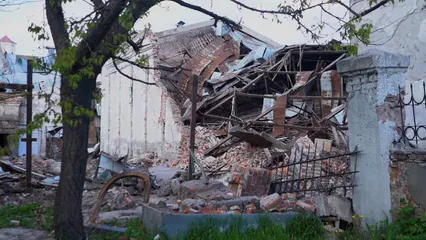
Israel’s Defense Response
Israel has robust air defense systems in place. The Iron Dome is particularly well-known. It intercepts short-range threats, including missiles and artillery shells. During the recent attack, it successfully intercepted many of the missiles launched by Iran. This system has proven effective over the years, protecting Israeli cities from potential devastation. If you want to learn more about military defenses, consider reading War, Peace, and International Relations: An Introduction to Strategic History.
In addition to the Iron Dome, Israel employs the David’s Sling and Arrow systems. David’s Sling targets medium to long-range threats, while Arrow is designed for high-altitude ballistic missiles. Together, these systems form a multi-layered defense strategy. This strategy significantly reduces the risk of successful missile strikes against critical infrastructure and civilian areas.
The Israeli military is also prepared for immediate retaliation. Following the missile attacks, military officials assessed damage and potential threats. Israel’s swift response capabilities allow it to target military installations in Iran and its proxies. Future threats remain a concern, as both nations continue to develop their military capabilities.
Israel’s military focus is not solely on defense. It also invests heavily in intelligence operations. Understanding enemy movements and intentions is crucial for preemptive actions. This intelligence network enhances Israel’s ability to respond effectively to any threats.
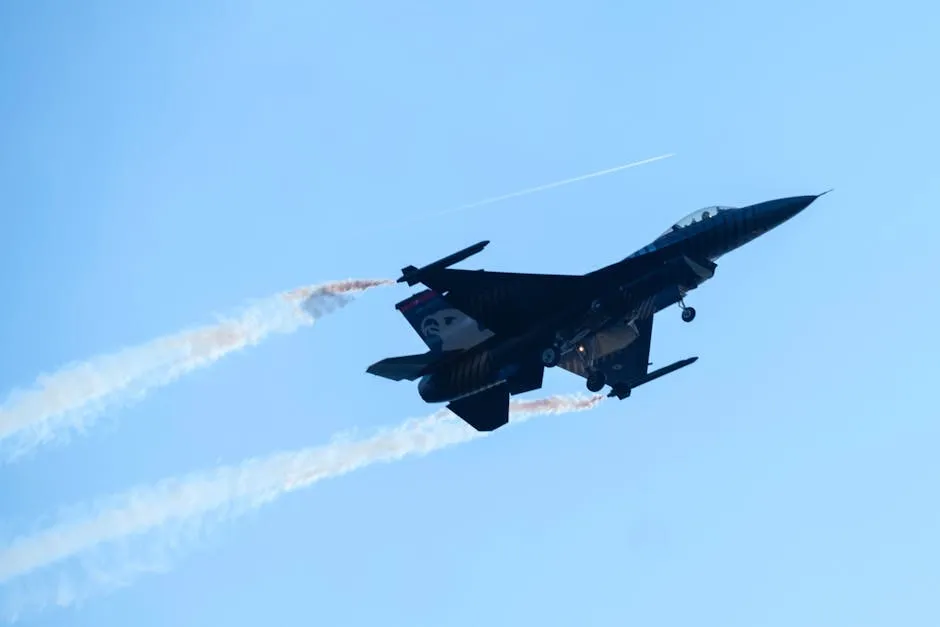
International Reactions
The international community reacted swiftly to Iran’s recent missile attack on Israel. Many countries expressed deep concern about the escalating conflict. The United States reaffirmed its support for Israel, highlighting its right to defend itself. President Biden emphasized the importance of Israel’s security and condemned Iran’s actions.
European Union leaders called for restraint from both sides. They warned that escalating violence could destabilize the region further. Germany’s foreign minister urged all parties to avoid actions that could lead to a broader conflict. The EU’s stance reflects a desire to prevent a full-scale war.
Regional powers also voiced their opinions. Saudi Arabia condemned the attack, emphasizing the need for stability in the Middle East. Egypt expressed grave concerns about potential repercussions for neighboring countries. These reactions indicate a collective anxiety about the ongoing violence and its implications.
Hamas welcomed Iran’s missile attack, labeling it a heroic act. This support illustrates how the conflict has the potential to unify various factions against Israel. Meanwhile, the UN Secretary-General called for an immediate ceasefire, advocating for dialogue over military actions.
As the situation evolves, international diplomatic efforts may intensify. World leaders are likely to engage in discussions aimed at de-escalation. The global community remains watchful, aware that further military actions could have dire consequences for regional stability.
These reactions highlight the complex web of alliances and enmities in the Middle East. As tensions rise, the possibility of broader conflict looms large. The world watches closely, hoping for a peaceful resolution to this escalating crisis.

Implications for International Relations
The recent missile attack by Iran on Israel has significant repercussions for international relations. This act escalates tensions not only between these two nations but also across the Middle East. Countries are watching closely, gauging their responses and alliances in light of these developments.
Iran’s relationships with regional powers may shift as a result. For instance, countries that traditionally support Iran may reconsider their stance. Similarly, nations like Saudi Arabia and the UAE, who have been cautious about openly confronting Israel, might feel pressured to take sides. The potential for new alliances or realignments is palpable. To understand the nuances of international relations, check out International Relations: A Very Short Introduction.
Furthermore, this conflict may strain Iran’s relations with its traditional allies, such as Russia and China. Both countries have maintained a careful balance in their dealings with Iran and Israel. If Iran’s aggressive actions lead to wider conflict, these nations might reconsider their support for Tehran.

Future Implications and Consequences
Escalation of Conflict
The potential for further military escalation between Iran and Israel is troubling. Iran’s recent missile barrage sets a precedent for future attacks. Each side is likely to prepare for retaliation, heightening the risk of a broader war. This could involve other regional players, including Hezbollah and Hamas, who are already engaged in their own confrontations with Israel.
Additionally, the involvement of global powers complicates the situation. The United States, for example, has reaffirmed its support for Israel, raising the stakes. If Iran retaliates against U.S. interests in the region, the situation could spiral out of control. The specter of a larger conflict looms, with potential consequences for global security. If you’re interested in understanding the broader geopolitical implications, The Future of Power by Joseph S. Nye is a must-read.

Long-term Consequences
The long-term impacts of this conflict on regional stability are profound. Increased military actions could destabilize the entire Middle East. Countries may find themselves drawn into the conflict, leading to widespread violence and humanitarian crises. The ripple effects could affect global markets, especially oil prices, which could spike amid heightened tensions.
Moreover, this conflict might influence future U.S. foreign policy in the Middle East. Growing unrest could prompt the U.S. to reassess its approach to Iran, possibly leading to renewed diplomatic efforts or military commitments. The balance of power in the region is shifting, and the U.S. must navigate these changes carefully to maintain its interests. For those looking to keep updated on global trends, a handy tool is a Portable Solar Charger for staying powered during emergencies.
In conclusion, the Iranian attack on Israel represents a significant escalation in their longstanding conflict. The implications for international relations are vast and complex, with potential shifts in alliances and a heightened risk of wider war. As the situation unfolds, staying informed is crucial for understanding the evolving dynamics in the region.

Conclusion
The recent attack by Iran on Israel has far-reaching consequences. It escalates tensions between the two nations and disrupts existing alliances. The potential for further conflict is alarming, and the implications for regional and global stability are significant. As this situation develops, it is vital to stay informed and engaged with ongoing events in the Middle East. For those looking to document their thoughts and experiences during this turbulent time, consider using a Travel Journal for Documenting Experiences.

FAQs
What led to Iran’s attack on Israel today?
The Iran attack on Israel stems from escalating tensions. Israeli strikes against Iranian allies in Gaza prompted Iran’s military response. The attack highlights a cycle of retaliation and ongoing conflict dynamics.
How did Israel respond to the missile strikes?
Israel’s defense actions included intercepting many missiles. The military response involved targeting Iranian positions, emphasizing Israel’s commitment to national security.
What are the implications of this conflict for regional stability?
The conflict poses serious threats to regional stability. Ongoing military actions could destabilize neighboring countries, increasing the risk of broader warfare in the Middle East.
What role do Hezbollah and Hamas play in the Iran-Israel conflict?
Hezbollah’s involvement supports Iranian interests against Israel. Hamas also plays a crucial role, contributing to the ongoing hostilities and conflict escalation.
How might international relations change as a result of this conflict?
Global responses are likely to evolve, impacting diplomatic relations. Countries may reassess their alliances based on the unfolding conflict dynamics and their national interests.
Please let us know what you think about our content by leaving a comment down below!
Thank you for reading till here 🙂
All images from Pexels




